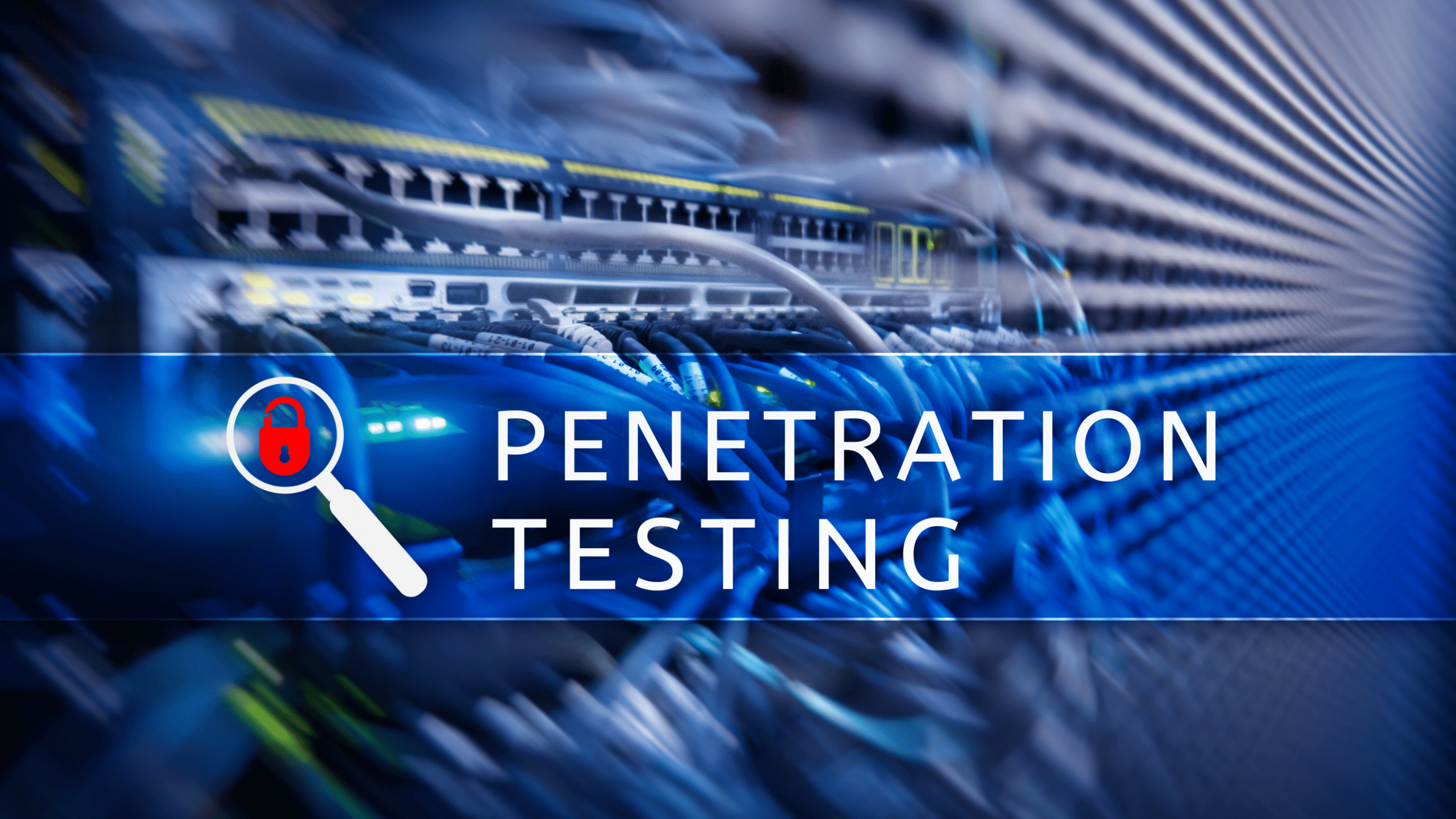Did you know that most data leaks and vulnerabilities don’t stem from highly sophisticated hackers exploiting zero-day vulnerabilities, but rather from simple misconfigurations and poor access controls?
It’s no secret that cloud environments are complex – actually, “incredibly complex” might be a better description. It’s also well known that people are prone to errors. Sometimes these are as simple as misplacing keys; other times, they involve your cloud admin making their password “admin” and leading to a major breach.
You might be thinking, “My team is experienced and highly competent; there’s no way we’d make such basic mistakes.”
Well, cloud penetration testing lets you put that belief to the test.
A cloud penetration test is conceptually similar to a traditional network penetration test: A white hat hacker attempts to breach your cloud environment while documenting the vulnerabilities and misconfigurations they exploit to gain access. Cloud penetration testing applies this same framework to cloud environments.
What Exactly Is Cloud Penetration Testing?
Cloud penetration testing involves an outside party (usually a specialized security provider like Rhymetec) taking on the role of a threat actor attempting to gain access to your cloud environment. How the firm or individual gains access can include many forms, such as:
- Configuration analysis – Examining network access controls and service configurations for vulnerabilities.
- Identity federation testing – Examining cross-account access, third-party integrations, and federation configurations.
- Storage assessment – Checking for improperly secured storage buckets, publicly accessible data, and inadequate encryption.
- Identity and Access Management (IAM) exploitation – Testing for overly permissive roles, misconfigured policies, and compromised credentials.
- API security testing – Probing API endpoints for vulnerabilities, authentication bypasses, and authorization flaws.
- Container security evaluation – Analyzing container configurations, image vulnerabilities, and orchestration misconfigurations.
- Serverless function testing – Examining function permissions, runtime vulnerabilities, and dependency issues.
- Network security assessment – Testing VPC configurations, firewall rules, and network segmentation.
- Service-specific testing – Evaluating the security of managed services like databases, load balancers, and compute instances.
- Compliance validation – Ensuring cloud resources meet regulatory requirements and security standards.
A good cloud penetration testing company will spend the time to scope out the work with you prior to the engagement.
Working with a pen testing firm that takes the time to understand your organization’s context and needs is critical. This is because penetration testing shouldn’t be done in a vacuum – it’s a small piece of a larger puzzle that creates effective risk mitigation for an organization.
Ideally, a cloud penetration test is aligned with an organization’s risk assessment and broader security architecture to maximize the value that the pen test brings.
The Stages of a Cloud Penetration Testing Engagement
A cloud penetration testing firm begins with reconnaissance and planning, the foundation of any successful security assessment.
A pen testing team or individual takes the time to thoroughly map out your cloud infrastructure landscape. This entails listing assets, understanding how your cloud services interact, establishing clear boundaries for testing, and ensuring that the firm and client agree to a fixed set of rules of engagement.
Ideally, this should be closely aligned with your organization’s risk assessment. If you don’t have a formal risk assessment documented, ask questions like:
- What cloud infrastructure holds the most sensitive data?
- What would be the legal, reputation, and compliance risks if a certain system was breached?
- Which parts of cloud infrastructure contain the most essential elements required for business continuity?
- Has the cloud admin actually set his password as admin (ok we’re slightly kidding with this one, but ensuring good password hygiene is a critical step!).
- What dependencies do core business functions have on various elements of the cloud infrastructure?
Next comes the discovery and enumeration phase.
This is where a pen testing firm actively probes your cloud environment, looking for exploitable vulnerabilities or other flaws in your cloud security. For example, a team will scan for public-facing assets, identifying potential entry points, and mapping the web of relationships between different cloud services.
The vulnerability assessment phase is where a security team actively begins attempting to gain access. This is where theory meets practice – the pen testing team is not just identifying potential vulnerabilities. At this stage, they’re determining if they’re actually exploitable.
A competent security team will dig deep into IAM roles and permissions, probe API endpoints, and examine storage configurations. It’s like pressure testing every door and window in your digital house.
Then comes active exploitation. The pen testing firm will attempt to chain vulnerabilities together, gain access, move laterally, and escalate privileges. Think of it as stress-testing your security controls under real-world conditions. The team will document every successful path to build a map of potential vulnerabilities, misconfigurations, and weaknesses in your cloud security approach.
Post-exploitation explores the potential impact of any successful breaches. What sensitive data could the team access? How far could they move through the environment? What business-critical systems were within reach?
This phase often reveals the true business impact of technical vulnerabilities – turning technical findings into business risks that leadership can understand and act on.
Finally, we reach the documentation and reporting phase, where all these findings transform into actionable intelligence. This shouldn’t be just a dry technical report, but rather, a roadmap for improving your security posture.
At Rhymetec, our team provides detailed vulnerability reports, clear exploitation paths, and prioritized remediation steps. Most importantly, we translate technical findings into business impact, helping everyone understand not just what we found, but why it matters.
Going Beyond MFA
Many organizations mistakenly believe that just because they have implemented multi-factor authentication (MFA) means that pen tests and deeper security measures aren’t necessary. Unfortunately, this couldn’t be further from the truth.
Security only works when organizations take a defense-in-depth approach – they layer security controls one on top of the other to mitigate as much as possible the risk of a breach of confidentiality, integrity, or availability of core IT systems. If a threat actor finds a stolen credential that works, you’re back down to single-factor authentication.
2FA is also bypassable. Threat actors use stolen session cookies that result from malware infections and MFA fatigue attacks to bypass authenticator codes directly (or if the MFA is via SMS, they can use SIM swapping).
MFA is a fantastic first step and is a baseline cybersecurity measure for startups and other organizations. It should be an initial strong layer of security but not your be-all-end-all approach to ensuring the confidentiality, availability, and integrity of your cloud environment.
Choose Rhymetec For Your Cloud Penetration Test
Unfortunately, with today’s highly commoditized cybercrime landscape, the question isn’t whether your cloud environment will face attempted breaches – it’s when. Whether you’re running a startup with a simple cloud setup or managing a complex enterprise environment, the stakes have never been higher. Your customers trust you with their data, your employees rely on your systems, and your business depends on the integrity of your cloud infrastructure.
A Rhymetec pen test entails an intentional launching of simulated cyberattacks by our own penetration testers to access or exploit computer systems, networks, websites, and applications. Our pen testers will identify exploitable issues so that effective security controls can be implemented or will test the robustness of your current infosec program.
Our cloud penetration testing experts will work with you to develop and execute on a comprehensive penetration testing plan that puts your business in a position to defeat attackers and ensure the confidentiality, availability, and integrity of your cloud environment.
About Rhymetec
At Rhymetec, our mission is to make cutting-edge cybersecurity available to SaaS companies and startups. We’ve worked with hundreds of companies to provide practical security solutions tailored to their needs, enabling them to be secure and compliant while balancing security with budget. We enable our clients to outsource the complexity of security and focus on what really matters – their business. Contact us today to get started.
Interested in reading more? Check out more content on our blog:




